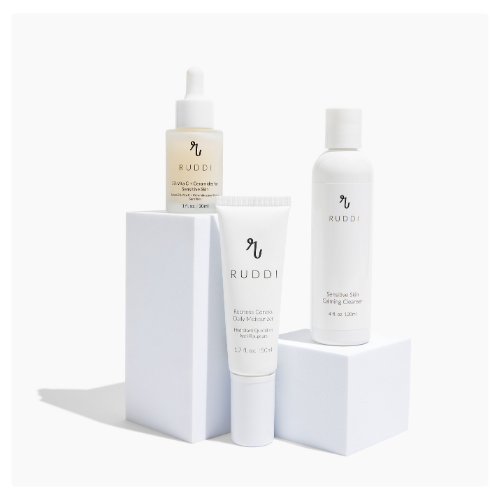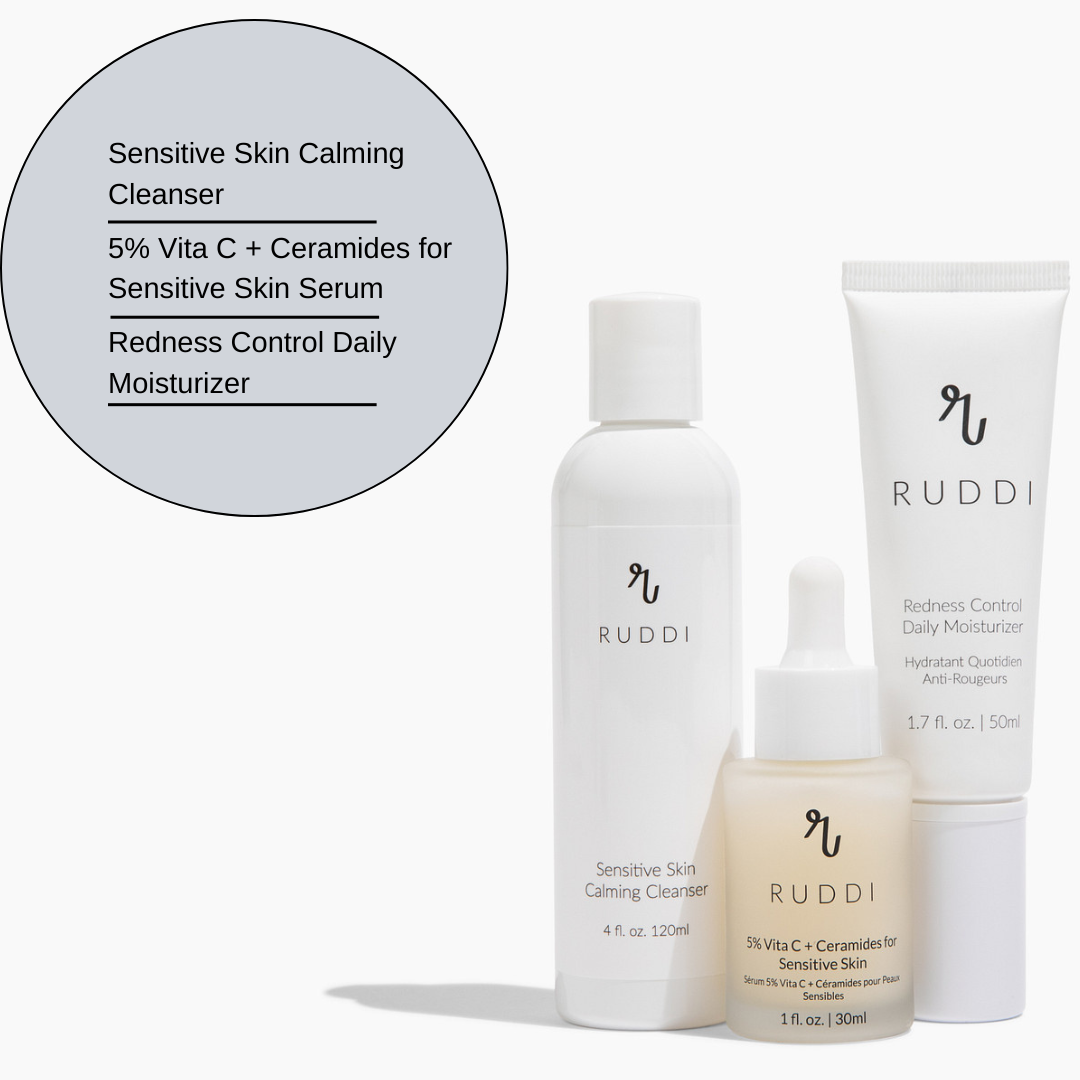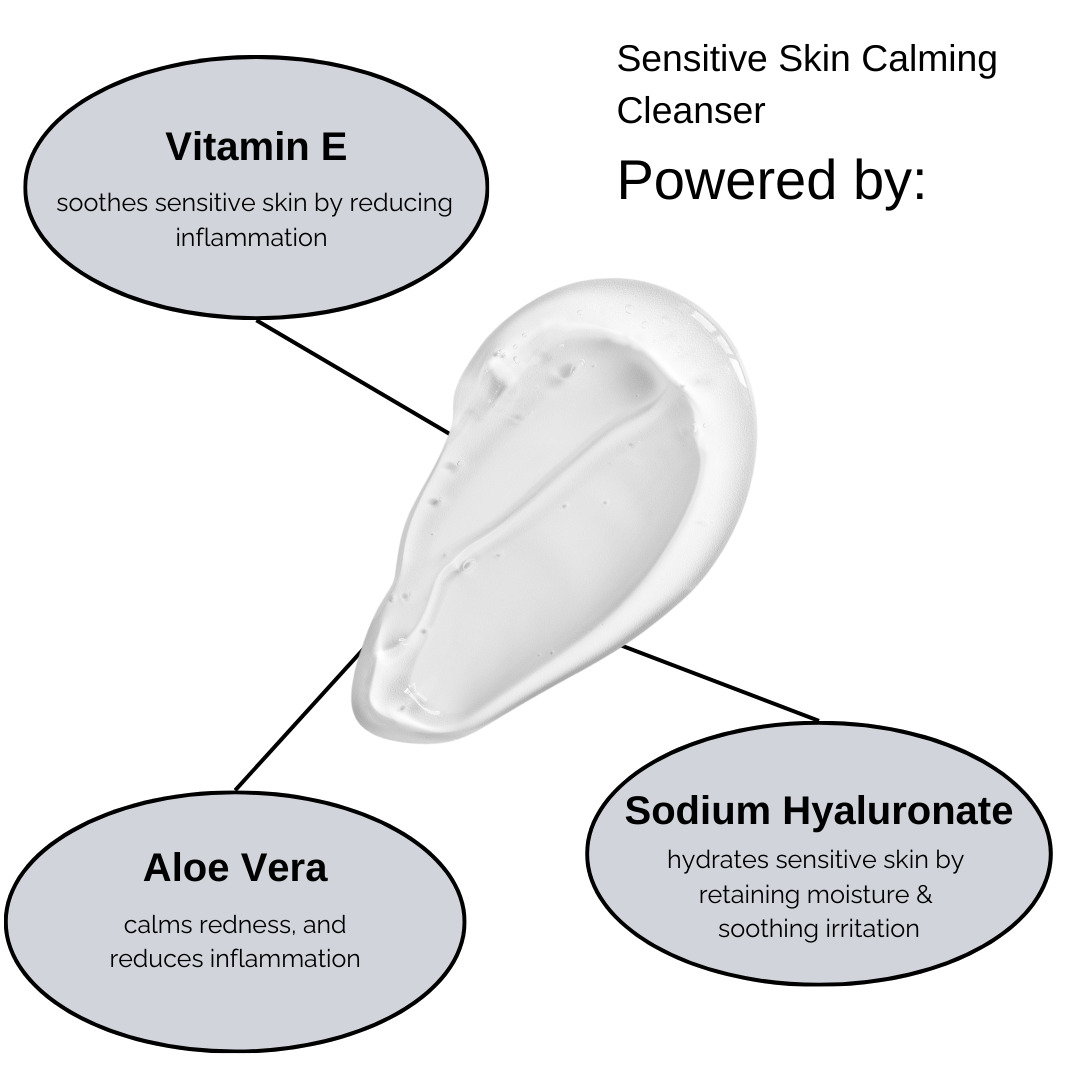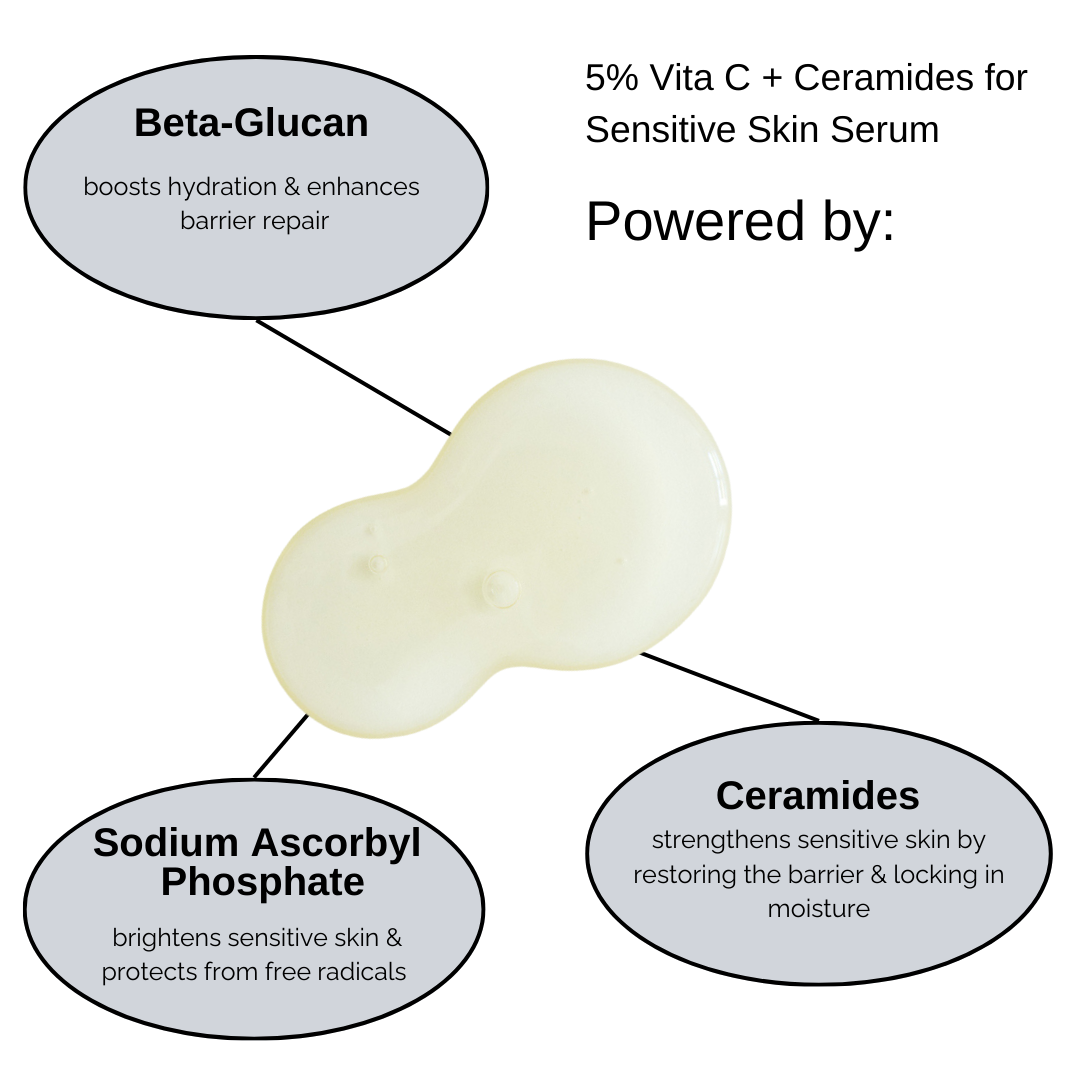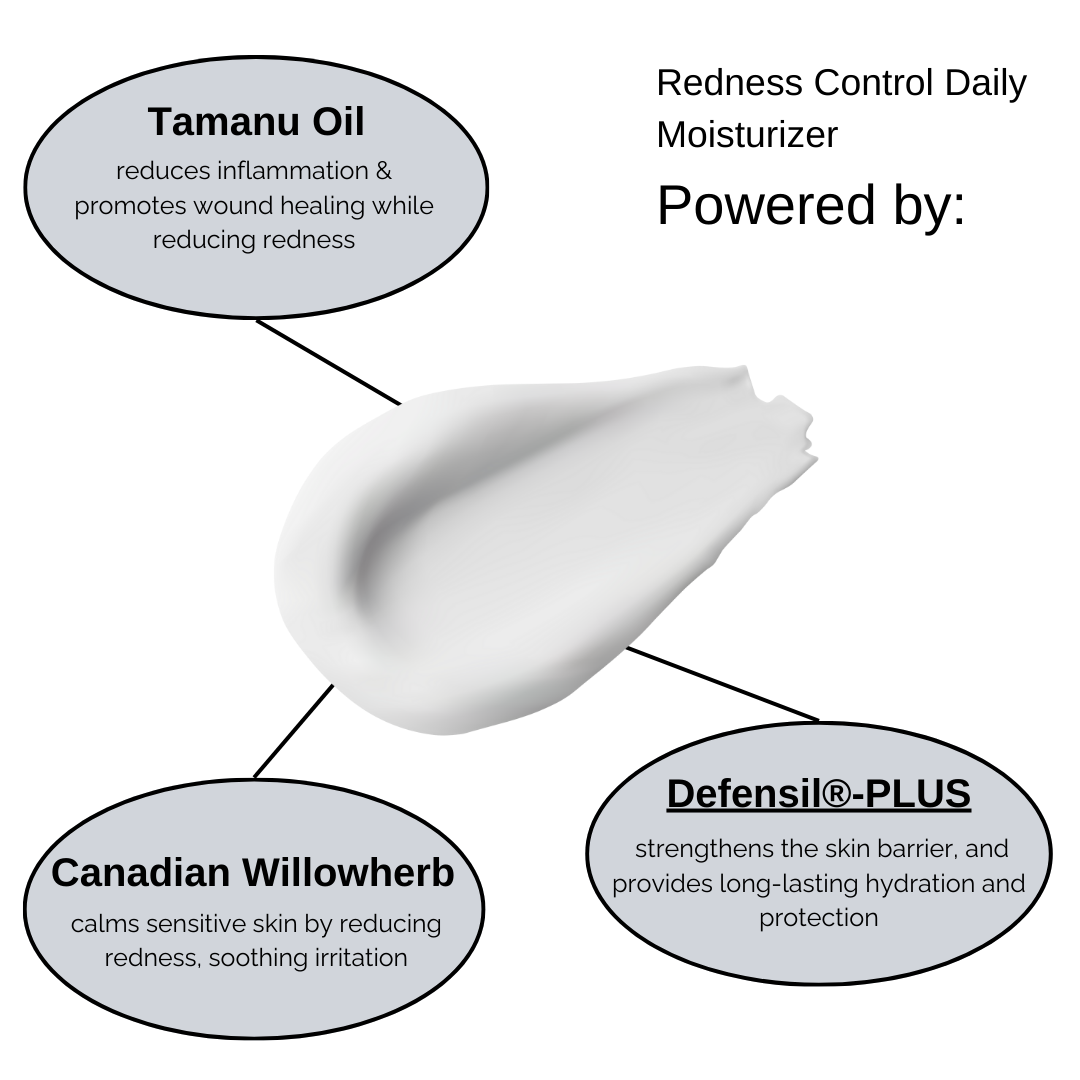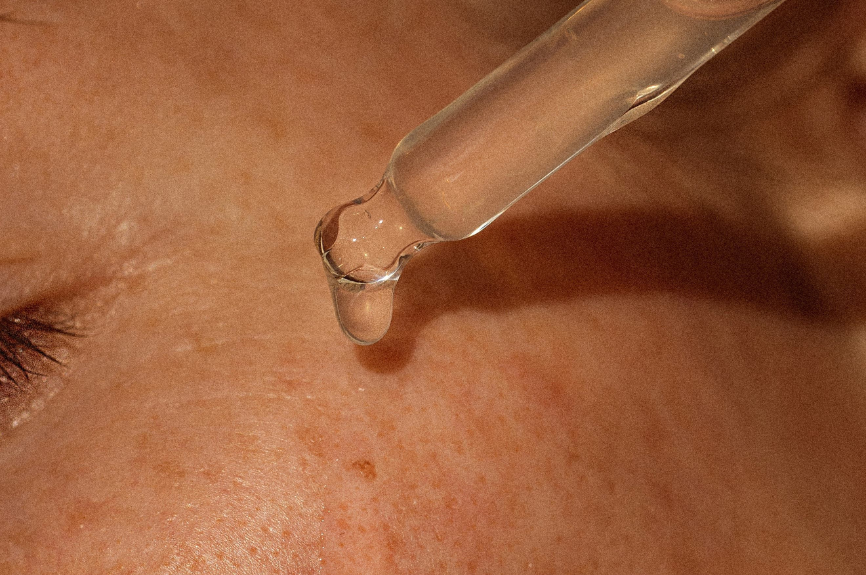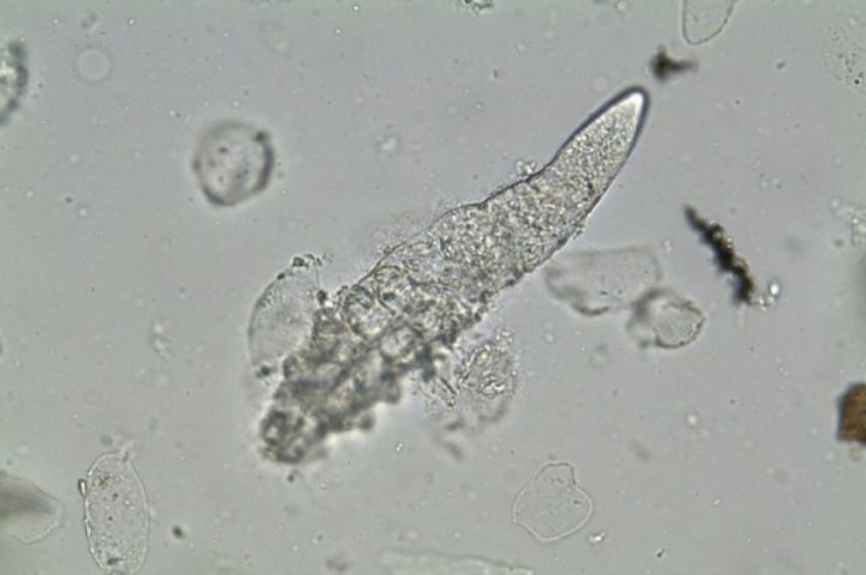
The Itchy Truth About Demodex Mites and How They’re Linked to Rosacea
Are you experiencing persistent redness, bumps, and pimple-like symptoms on your face? It’s possible that the culprit behind your skin condition is a tiny arachnid known as Demodex mites. Yes, you heard it right - mites! These eight-legged creatures can be found in almost all humans, but they are incredibly hard to detect with the naked eye. Let’s shed some light on the facts, myths, and possible treatments for these creepy crawlies and how they might be related to rosacea.
First things first, what are Demodex mites? These microscopic arthropods are present on almost everyone’s skin but are usually harmless due to low population density. They belong to the Demodicidae family and have two species living on humans - Demodex folliculorum and Demodex brevis. The former resides in the hair follicles, while the latter usually stays in the sebaceous glands. However, when the mites reproduce in large numbers, you might face some issues. This is where the link to rosacea comes in.
Recent studies have found a high percentage of Demodex mite infestation in people with rosacea, which suggests that these little bugs play a role in triggering or worsening the symptoms. The presence of bacteria within the mites, as well as inflammation caused by their presence, can lead to the production of inflammatory substances that can exacerbate rosacea.
Unfortunately, treatment for Demodex mites infestation is not easy and might require a multi-faceted approach. It is essential to note that people with rosacea have a highly sensitive skin barrier and using aggressive treatments like topical or oral antibiotics or steroids can further damage the skin. Therefore, experts usually recommend gentle, non-comedogenic cleansing, and the use of azelaic acid or ivermectin creams to target the mites directly.
You might wonder if you are particularly prone to Demodex mites, but fortunately, there is currently no concrete evidence that some people are more susceptible to infestation than others. However, some factors can increase the mites' population density, including age, immune system function, and genetic predisposition. Therefore, it’s important to maintain healthy hygiene habits like changing pillowcases and clothing frequently, avoiding greasy cosmetics, and avoiding skincare products containing harmful ingredients like sulfates, alcohol, or fragrances.
Demodex mites may seem like strange, gross creatures that we’d rather ignore, but their potential link to rosacea must be taken seriously. If left untreated, rosacea can worsen, causing additional complications like burning or stinging sensations, facial numbness, and even eye damage.
Are Demodex mites the sole cause of rosacea? No, but their impact on the condition is undeniable and worthy of further research. Educating ourselves about these little arthropods can help us understand how to manage recurrent skin issues, especially when other treatments don’t seem to work.

